A Guide for Aspiring Producers and Musicians

Whether you’re an aspiring music producer, a seasoned artist, or simply someone who loves to tinker with sound, a well-designed music studio is the heart of the creative process. But what makes a music studio “perfect”? Is it the equipment? The layout? Or perhaps the atmosphere? The truth is, a great music studio is a blend of functionality, comfort, and inspiration, all tailored to your unique needs and style.
In this blog, we’ll take a deep dive into the essential elements of building a music studio that will not only elevate your sound but also enhance your creative flow.
1. The Importance of Space
Before diving into equipment, let’s talk about the space itself. The physical environment in which you work will influence both your productivity and the quality of your recordings. Whether you’re setting up a home studio or investing in a commercial space, consider these factors:
Room Size and Shape: Ideally, choose a room with a relatively symmetrical shape. Irregular room dimensions can create problematic acoustics and sound reflections. Avoid square rooms if possible, as they can result in uneven bass response.
Acoustic Treatment: Even the most expensive gear won’t sound good if your room isn’t acoustically treated. Acoustic panels, bass traps, and diffusers can significantly improve the sound quality within your studio, minimizing unwanted echoes and ensuring accurate monitoring.
Comfort and Ergonomics: You’ll be spending long hours in your studio, so comfort is key. Make sure you have a comfortable chair, an adjustable desk, and proper lighting. A clutter-free space also promotes creativity and helps you focus.
2. The Heart of Your Studio: Audio Interface
The audio interface is often considered the “brain” of your music studio. This device converts analog sounds (like vocals and instruments) into digital signals that can be processed by your computer. The quality of your interface can affect the clarity, latency, and overall sound quality of your recordings.
When choosing an audio interface, consider:
Number of Inputs/Outputs: Depending on your needs, you may require an interface with multiple inputs for mics, instruments, and other sound sources. If you’re planning to record a full band or multiple instruments at once, make sure your interface can accommodate this.
Preamp Quality: The preamps built into your interface will impact the warmth and clarity of your sound. Higher-quality preamps can make a noticeable difference, especially for vocal or acoustic recordings.
Latency: Latency refers to the delay between playing a sound and hearing it through your headphones or speakers. Low-latency performance is crucial for real-time recording and monitoring.
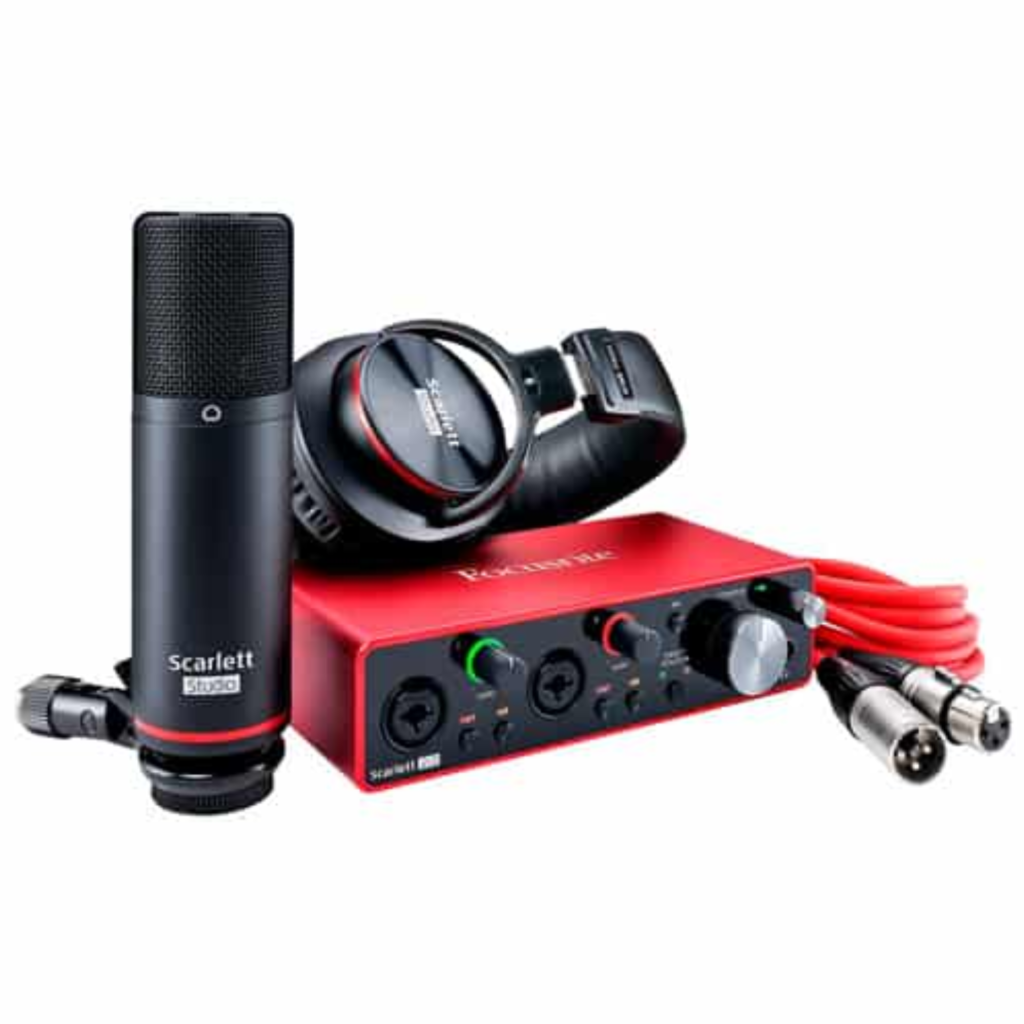
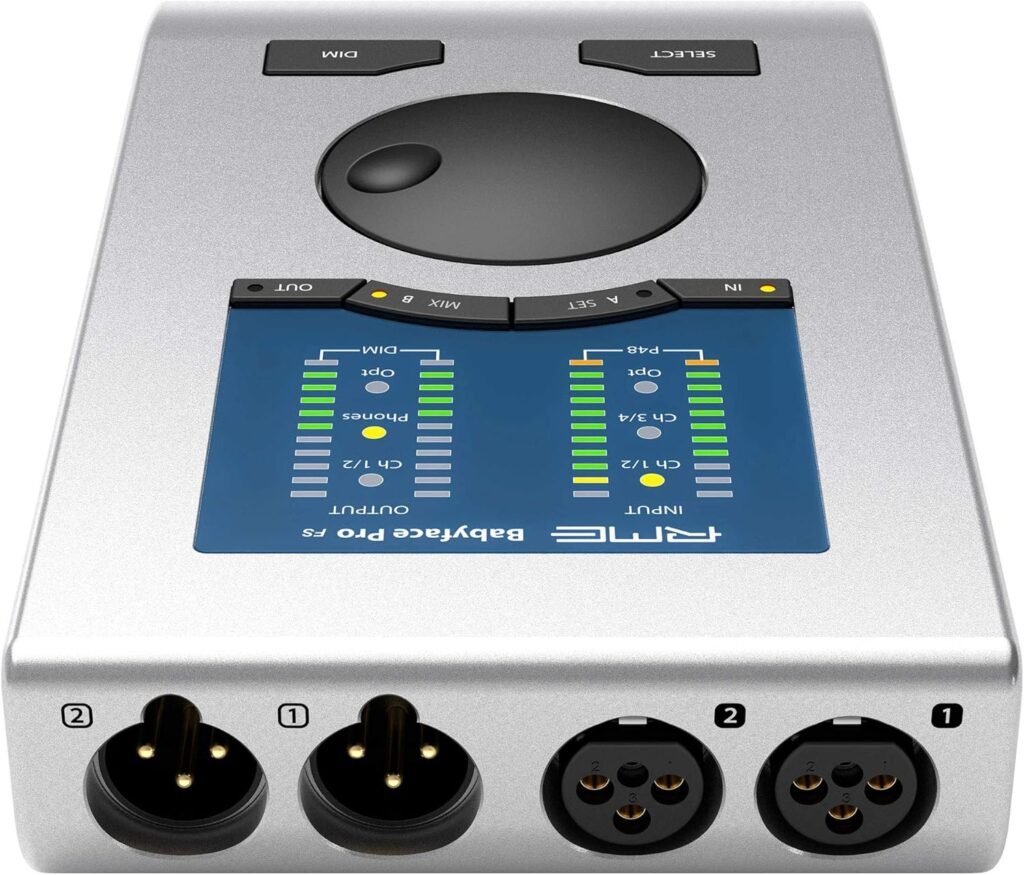



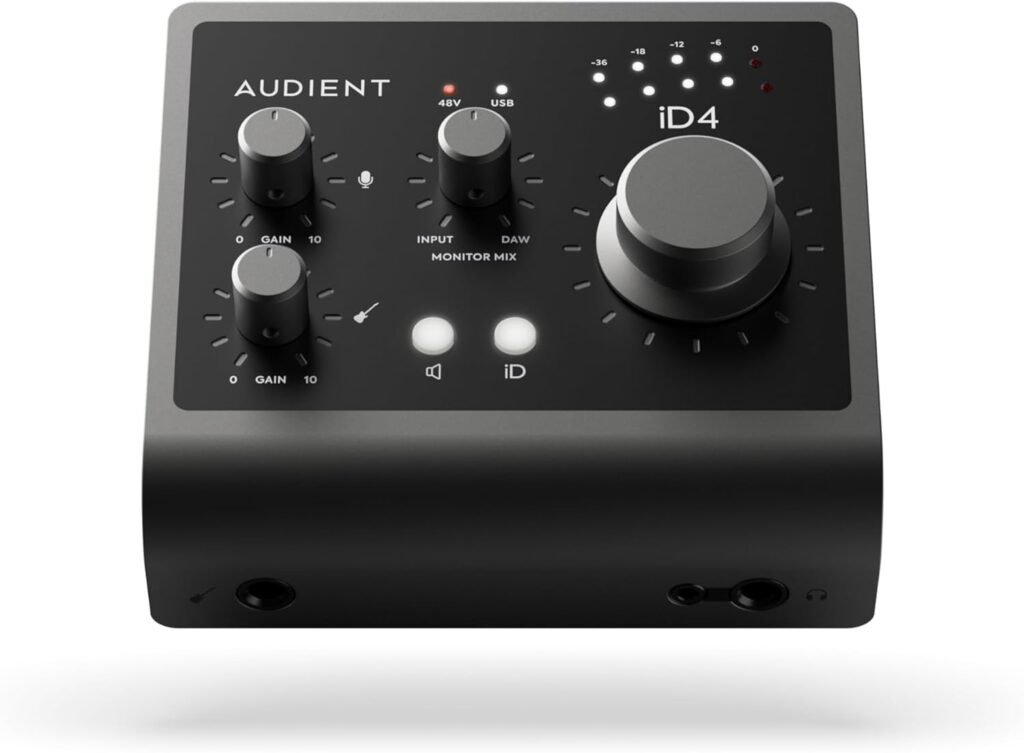
3. Choosing the Right DAW (Digital Audio Workstation)
Your DAW is where the magic happens—it’s the software that allows you to record, edit, arrange, and mix your music. There are a variety of DAWs available, each with its strengths and unique features. Some of the most popular options include:
Cubase: Known for its advanced MIDI capabilities, powerful editing tools, and solid audio recording features, Cubase is popular among producers and composers across genres. It excels in automation, mixing, and has a strong VST plugin ecosystem, making it ideal for both creative production and professional mixing.
Logic Pro X: Mac users often gravitate toward Logic for its robust features, professional-level capabilities, and expansive library of sounds and plugins.
FL Studio: Ideal for beat makers and electronic music producers, FL Studio offers an intuitive, pattern-based interface and powerful MIDI capabilities.
When choosing a DAW, think about your workflow and the kind of music you create. Test out a few demos if you can, and choose the one that feels most comfortable to you.

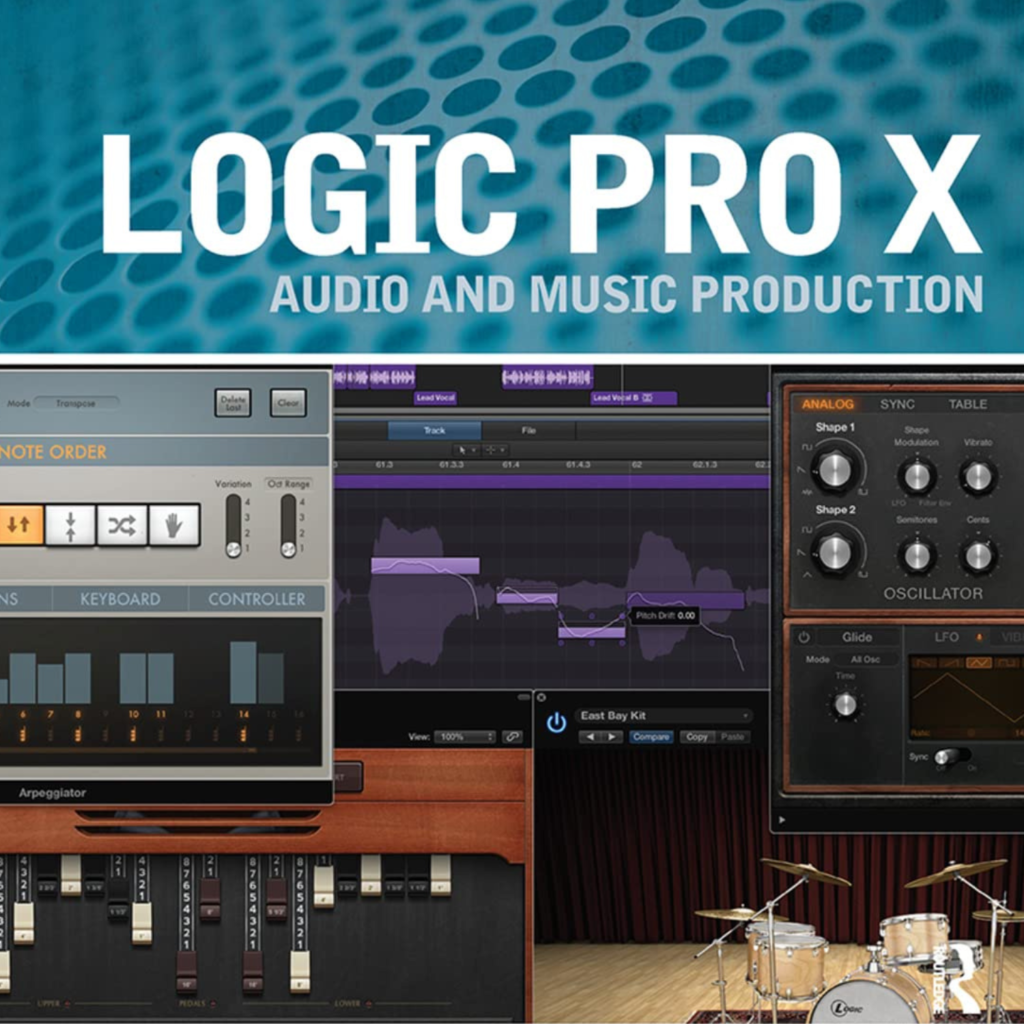
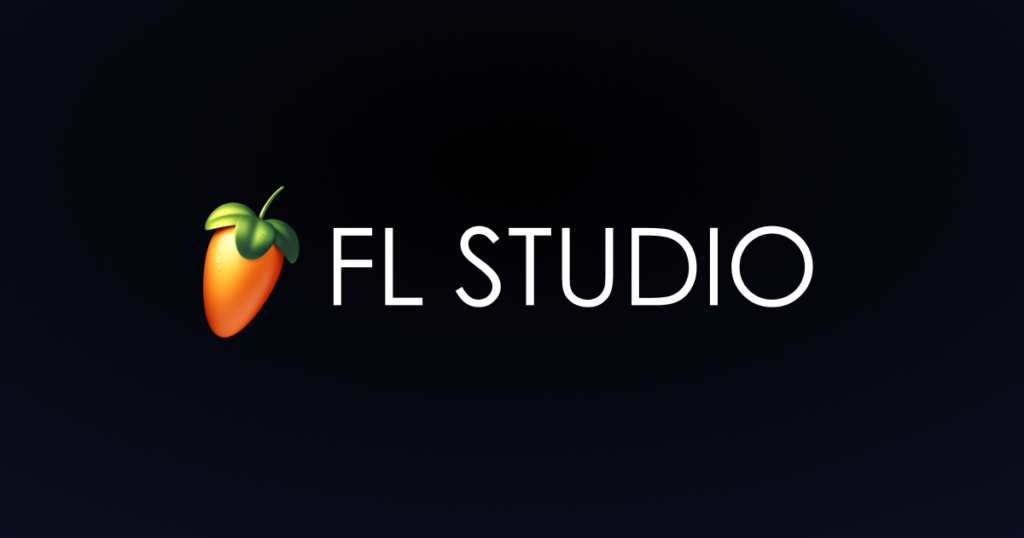

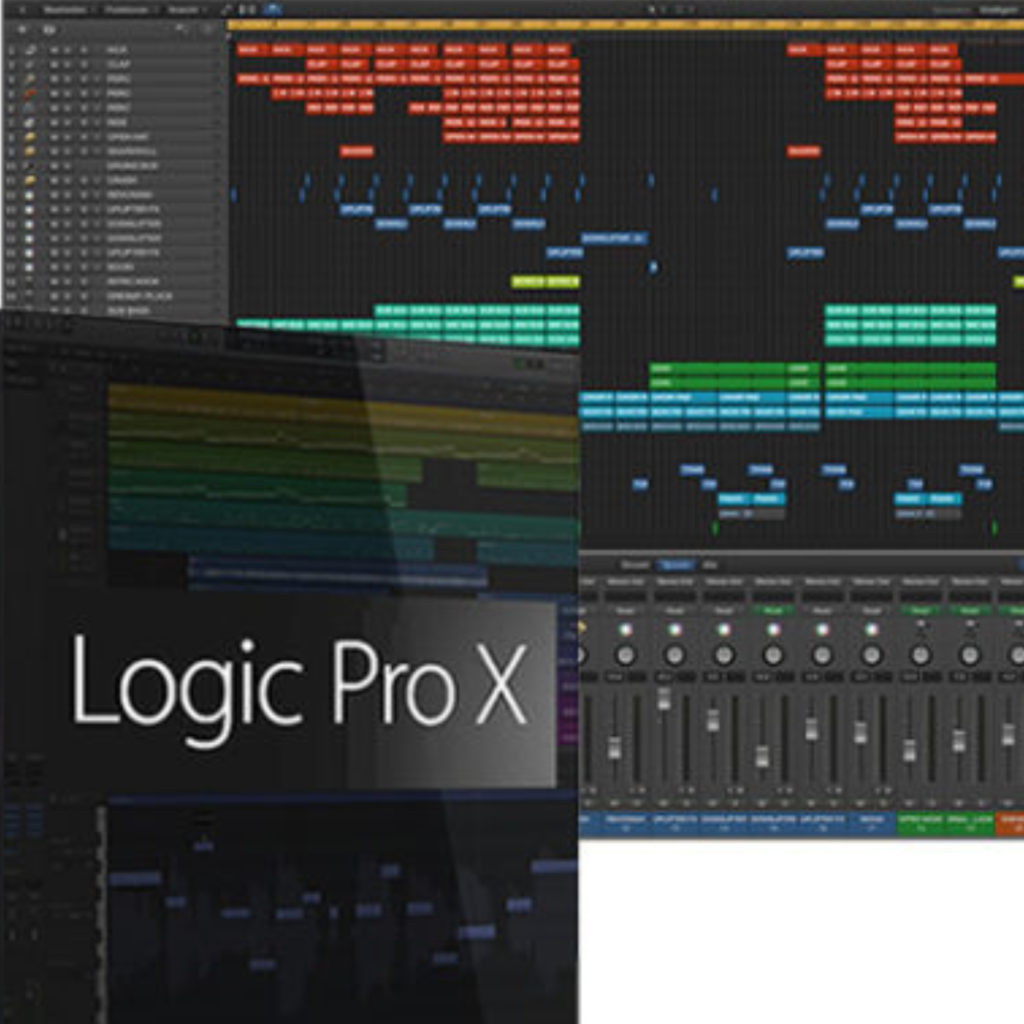

4. Essential Studio Gear
Now let’s talk about the gear. The specific equipment you need will depend on your budget, space, and the kind of music you’re making, but there are a few essential items that will serve as the foundation of your studio setup:
Monitors: Studio monitors are designed to give you an accurate representation of your sound, unlike consumer-grade speakers that often color the sound. Look for monitors with a flat response and consider the size based on the acoustics of your room.
Headphones: Good headphones are crucial for monitoring during recording and mixing. Look for closed-back headphones for recording (to prevent sound bleed) and open-back headphones for mixing (for more natural sound).
Microphones: If you’re recording vocals or acoustic instruments, a quality microphone is essential. Consider a condenser mic for studio vocals due to its sensitivity and ability to capture detail.
MIDI Controller: If you’re producing electronic music, a MIDI controller allows you to play virtual instruments and control software synths. Even for non-electronic musicians, a MIDI controller can be a great tool for composing.
Acoustic Treatment: As mentioned earlier, treating your space with bass traps, acoustic panels, and diffusers will ensure that your recordings are clean and balanced.






5. Creating a Workflow That Works for You
A great music studio isn’t just about the gear; it’s about creating a workflow that inspires creativity and keeps you focused. Here are a few tips for setting up an efficient studio environment:
Organize Your Space: Keep your workspace clutter-free and make sure everything is within arm’s reach. Have a designated area for your laptop or computer, your instruments, and any gear you use frequently.
Invest in Quality Cables and Stands: Don’t overlook the importance of high-quality cables, mic stands, and other accessories. They might seem like small details, but they can have a big impact on the overall setup.
Lighting: Set the right mood with proper lighting. LED lights, floor lamps, and even smart lighting systems can help you create the atmosphere you want—whether it’s a chill vibe or an energizing environment.
Customize for Your Needs: If you’re producing electronic music, for example, you might want a desk that accommodates your synthesizers and controllers. If you’re working on acoustic recordings, a larger, quieter room may be necessary.

6. The Creative Environment
The most important aspect of your music studio, beyond equipment and layout, is the atmosphere. A space that encourages creativity can help you unlock your best work. Here are some ways to create a studio that feels like a place of inspiration:
Personalize the Space: Surround yourself with things that inspire you—whether it’s posters, artwork, or musical memorabilia. Your studio should reflect your personality and artistic vision.
Take Breaks: Long studio sessions can lead to burnout. Don’t forget to take regular breaks to refresh your mind and ears. Sometimes stepping away from your work for a few minutes can help you hear things more clearly when you return.
Listen and Experiment: Don’t be afraid to step out of your comfort zone. Try new instruments, experiment with new sounds, or collaborate with others. Your studio is a space for exploration.
Final Thoughts: The Studio of Your Dreams
Building a music studio is an exciting and deeply personal process. There’s no one-size-fits-all solution, and your ideal setup will evolve as your music and career grow. Start with the essentials, but remember that creativity thrives in a space that feels right for you.
Investing in your music studio isn’t just about buying gear—it’s about cultivating a space where your best ideas can come to life. With the right combination of equipment, acoustics, and creative energy, your music studio can become the perfect sanctuary for your sound.
Happy creating!